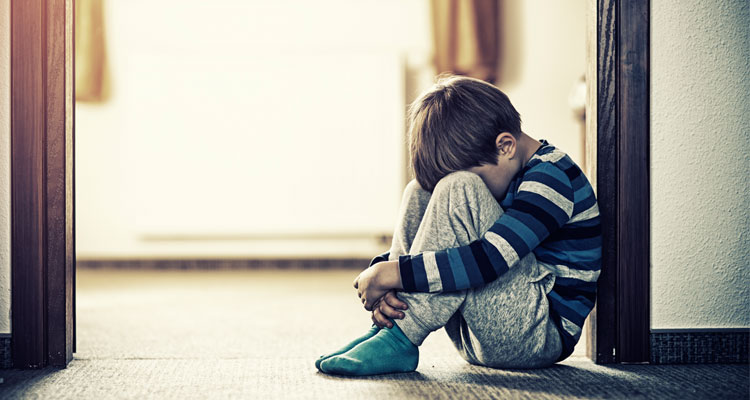For many of us, our childhoods are filled with many pleasant memories. Spending the summers playing with our friends at different camps, sports, or clubs. Coming home to a house smelling of mom’s home-cooked meal, chasing down the ice cream truck after dinner. Going to movies, spending time on the road with family vacations, or many other fantastic trips and adventures.
Clear those memories for a minute now. Instead, replace them with coming home from school to an empty kitchen. Having to walk everywhere because your family can’t afford a vehicle, let alone a vacation. Instead of spending your summers at camp, imagine having to watch your siblings because your parents had to work multiple jobs just to keep a roof over your head. What if you didn’t even have a home?
Those scenarios, and many far worse, are realities for a heartbreaking number of children here in the United States. Child poverty impacts children to the very depths of their well-being, from health to education to physical safety.
Just having an awareness of the scope of the problem is the first step to combating child poverty. Take a look at these five staggering statistics below to learn just how severe this problem is and keep reading to find out how you can help.
 According to the National Center for Children in Poverty, 44 percent of children under 18 live in low-income families in the United States, approximately 31.4 million children.
According to the National Center for Children in Poverty, 44 percent of children under 18 live in low-income families in the United States, approximately 31.4 million children.
Let this statistic sink in for a moment—1 in 30 children are homeless. This means that 2.5 million children have no room, no bed, no place to call home.
Among all children in America, 1 in 10 lives below the federal poverty line for at least half of their childhood. This is considered “persistent childhood poverty.”
Of those persistently poor children, as students, they are 13 percent less likely to graduate high school. There are a variety of explanations for this, but the demand to work full-time in order to help provide a living for their family is certainly a significant factor.
In looking at public schools, three out of four teachers say they have students who come to school hungry on a regular basis. One of the top reasons is that these students simply do not have access to food.
Looking beyond just the economic components of child poverty, the damage that this is wreaking on the younger population is having far-reaching educational and developmental impacts. Child poverty is an epidemic problem in the United States, and we must look within our communities to find ways as parents, educators, and citizens to eradicate and minimize the detriment to our children.
 To help raise money and bring awareness to this cause, the Learning Liftoff team will participate in Red Nose Day, which helped to raise $23 million last year to provide such things as meals, books for school, medical care and vaccines, and clean water to children in the United States and across the world. On May 24, join us in wearing the official Red Noses (available at Walgreens) and check out our Red Nose Day album on Facebook! Proudly post your Red Nose Day pictures in the comments below!
To help raise money and bring awareness to this cause, the Learning Liftoff team will participate in Red Nose Day, which helped to raise $23 million last year to provide such things as meals, books for school, medical care and vaccines, and clean water to children in the United States and across the world. On May 24, join us in wearing the official Red Noses (available at Walgreens) and check out our Red Nose Day album on Facebook! Proudly post your Red Nose Day pictures in the comments below!
































































































